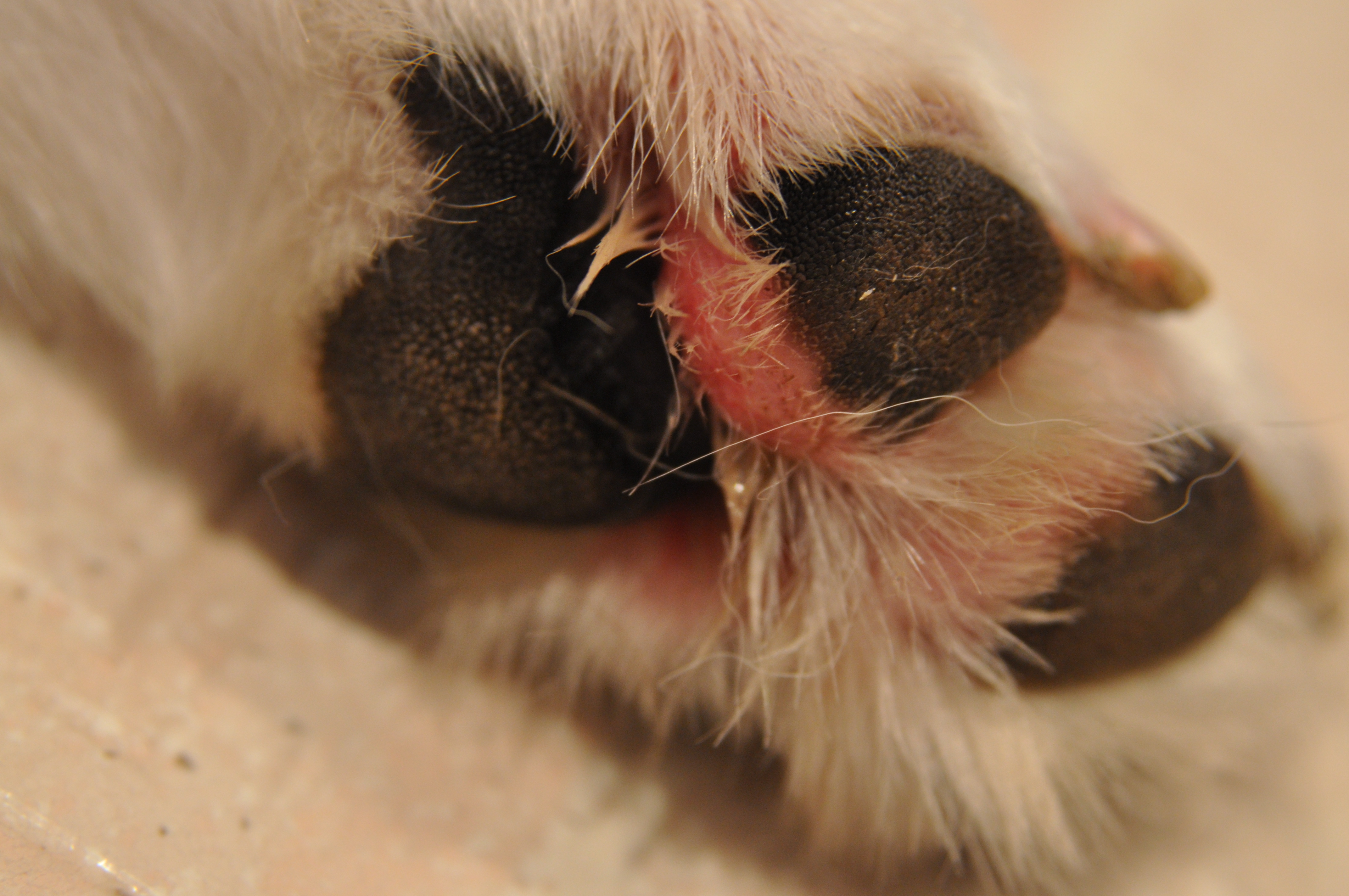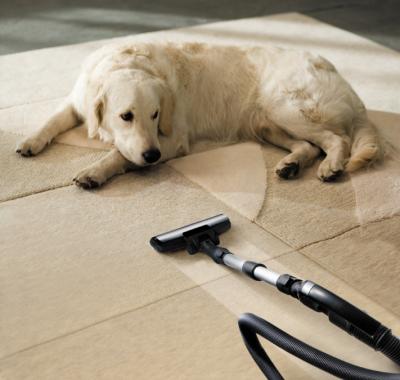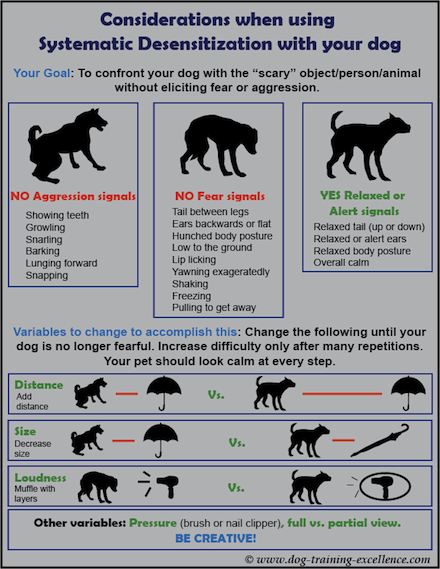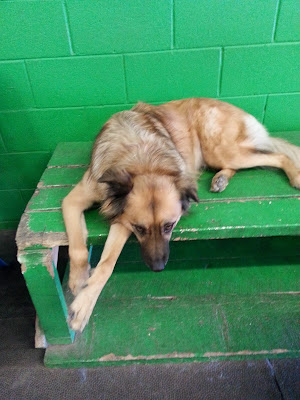If you tuned in for the last post in our bite work series, you learned that PetU offers a variety of training options one of which is protection training. Dennis has been training protection dogs in Milwaukee for over 20 years, and we currently have 4 German Shepherds that are in various stages of training. We start training our puppies for bite work when they are just a few months old. Last time, we showed you newest litter of 3 month old puppies learning bite work. This post showcases the next step in training, with our 6 month old GSD puppies, Kinley and Chaos.
The pups have very different personalities. Kinley, the little girl, is crazy. She comes running out the kennels barking her head off, and will do whatever it takes to get the tug. Chaos, on the other hand, is a little more reserved. He wants to play, but doesn't yet have the level of excitement of his sister Kinley. Because of this, we have to use slightly different techniques to work each dog.
I mentioned before how the bite work games start off simple and then increase in difficulty based on the individual dog. After the game concept has been grasped, we begin testing and working their drive by increasing the difficulty of the games. Watch the video of Kinley training below. She is very adventurous, and so Dennis tests her drive by hiding the tug on top of the steps. This is her first time using the stairs, but her prey drive is so great that they don’t bother her. Note how much energy she has and how her eyes never leave the ball.
In the next video, you can see that Chaos is a little more wary about the stairs. Dennis compromises by letting him grab the tug off the side, because he doesn’t want Chaos to feel so frustrated that he loses interest. The game moves at whatever pace Chaos sets it at, and we always want training to feel positive.
We work with our dogs daily, and also have a weekly bite work class for our clients. If you are interested in learning more, bite work classes are a great way to test the waters. You will learn from the best, and watch multiple different dogs work at different levels. Call us at (414) 766-1100 to find out more.
Stay tuned for the next post in this series, following Broc and Pepper, 9 month old GSDs from a previous litter.











































.jpg)
